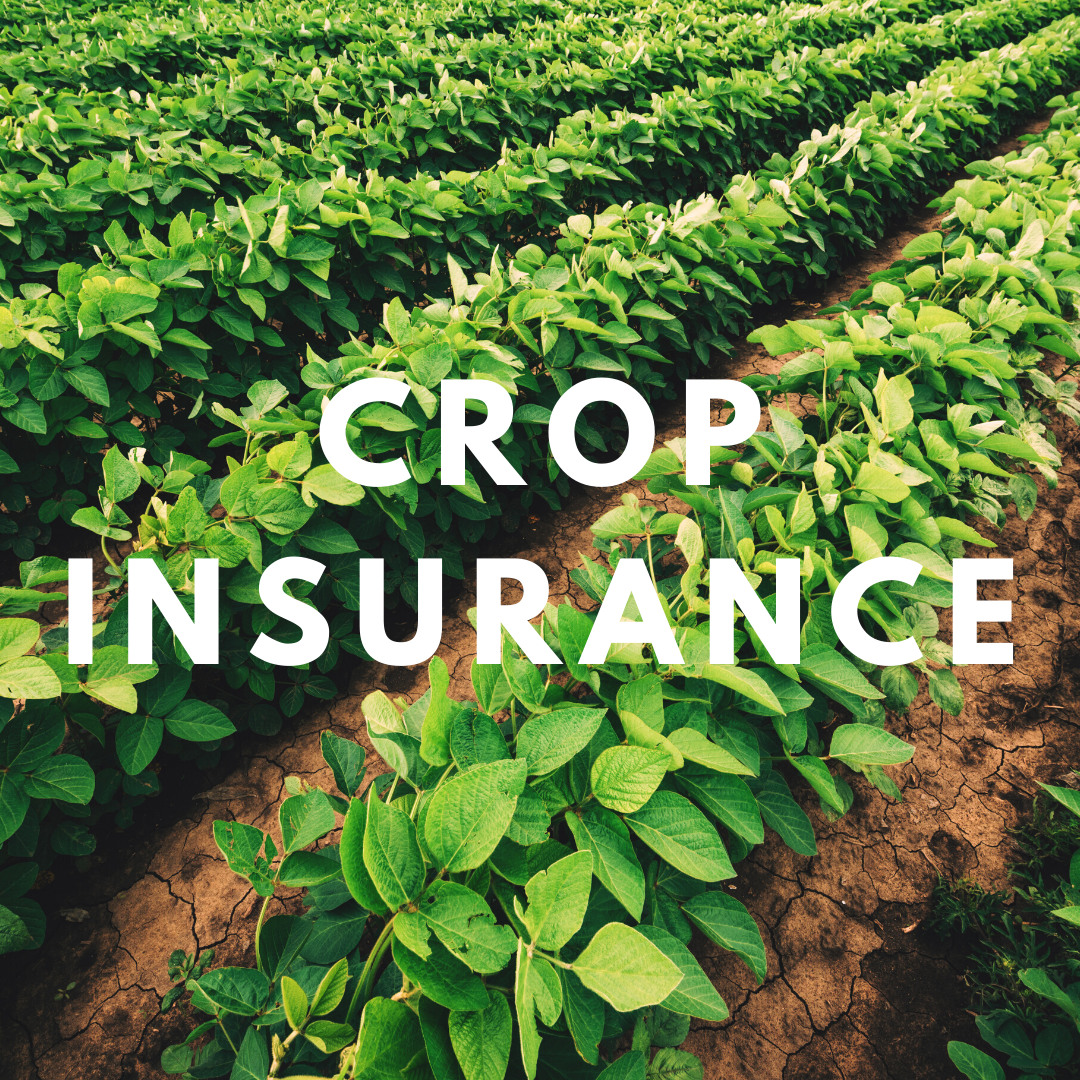Most farmers have lost crops and /or livestock at some point. It is very upsetting. To stop this from happening to you, make sure you have insurance.
Insurance policy information often varies by crop, from state to state and sometimes from county to county. Therefore, the policy consists of many parts. There are documents, which address the commonalities, and other documents that address the differences. A lot of the information changes from year to year, and sometimes month to month. An agent is responsible for understanding the crops and plans in their specific region.
Insurance is an arrangement by which a company or the state undertakes to provide a guarantee of compensation for specified loss, damage, illness, or death in return for payment of a specified premium. Alternatively, a thing protecting against a possible eventuality or protection from financial loss.
How does insurance work
Agricultural insurance protects against loss of or damage to crops or livestock. It has great potential to provide value to low-income farmers and their communities, both by protecting farmers when shocks occur and by encouraging greater investment in crops.
You can insure your seeds, crops, or even dairy cows. You can pay a premium to an insurance company. If your crop fails or your cow dies, the insurance company keeps the money you paid them.
For example, if you pay the insurance company a premium of 10%, assuming, your field usually gives you a harvest worth ksh 2 million you are liable to pay a premium of ksh 200,000. You can sleep well knowing your crop is insured. On the other hand, if the rains do not come and your crops fail, the insurance company will pay you your harvest worth [2 million] whereas, if the rains come you will get a good harvest and make ksh 2 million.
Ways to Get Insurance
Direct with an insurance company:
In most cases, the insurance covers loss of yield or revenue exceeding a deductible amount. Farmers, ranchers, or growers can experience a loss of revenue due to low production and/or changes in the market price. The types of coverage available vary by crop and county due to the differences in each crop.
The types of coverages vary by crop due to the difference in the crop’s natures. Imagine the different requirements in the following crops: corn, wheat, blueberries, cabbage, cucumbers, figs, mint, cereals, and many others.
As a loan bundle:
Some banks offer insurance when they give a loan. This saves you time as you do not have to look for an insurance company.
Most farmers have formed groups for farmer field school [FFS], where they do table banking, and raise awareness among members on new farming and inventions in agriculture. This helps to increase the amount of loan the bank can offer hence insurable risks.
With a farmer's group or co-operative:
Insure as a group with your neighbors. Premiums will be lower than if you have insurance on your own.
Always be smart in your farming. Since it is employment on its own. Make sure you have all the policy documents before you pay. Read the small print on the policy carefully
Always check the company with the Insurance Regulatory Authority. Only deal with a good insurance company.

0 Comments